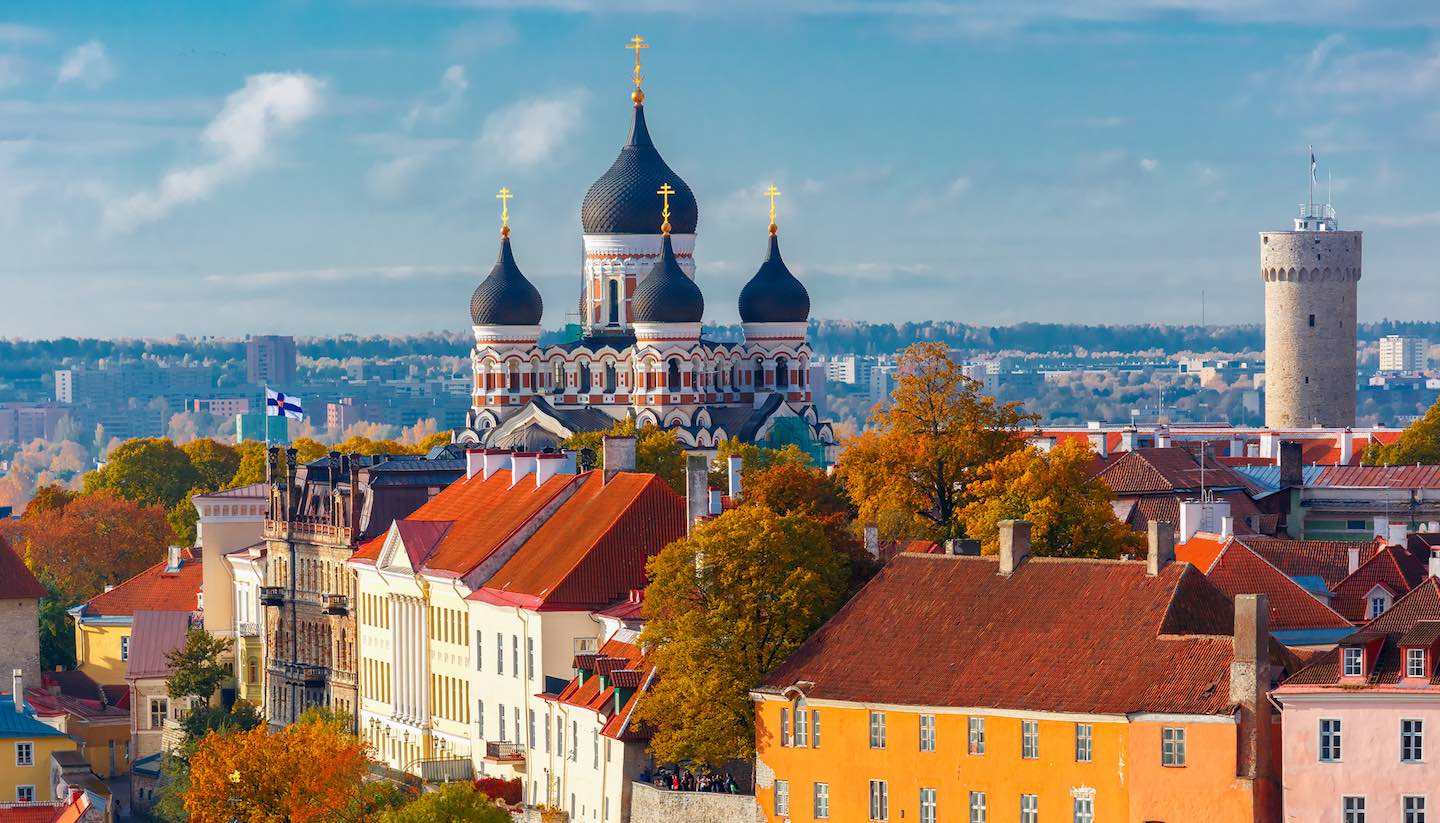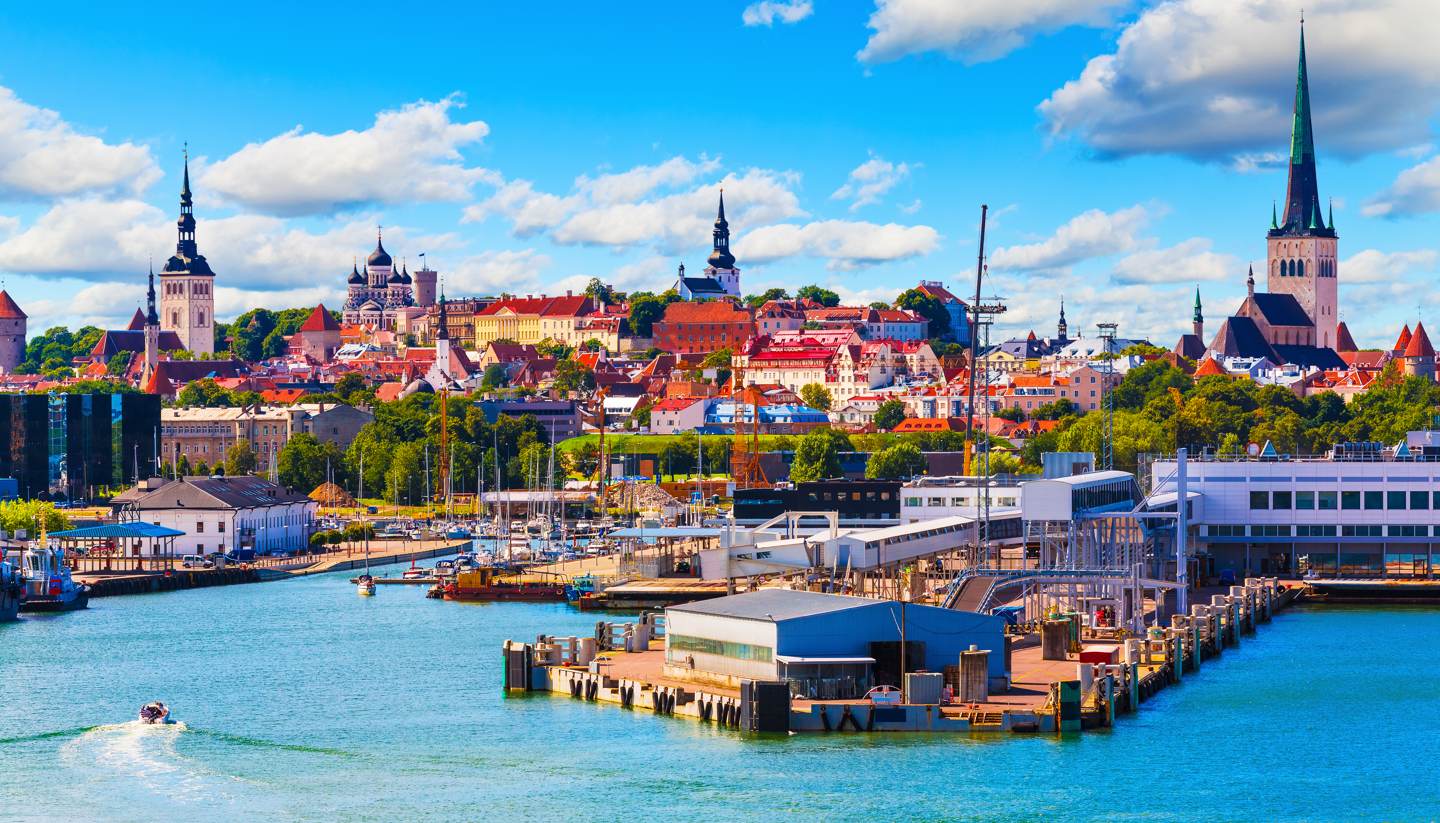Estonia History, Language and Culture
History of Estonia
The Vikings passed through the Baltic in the ninth century and over the next few centuries, Denmark, Germany, Russia, Sweden and Poland all fought to control Estonia. In the 13th century, Estonia was ruled by the Livonia Order, an autonomous branch of the Teutonic Order but became a part of Sweden after the Livonian War of 1558-1583. It remained in the Swedish hand until 1710 when Sweden ceded Estonia to Russia following the Great Northern War of 1700-1721.
The Russian period from 1750 to 1840 was particularly noted for the Estophile Enlightenment Period where German elites and other non-Estonians became interested in Estonian language, literature and culture. Following the Russian revolutions of 1917 and World War I (1914-1918), Estonia attained its independence in 1918. The new Soviet government at first refused to recognise Estonian independence, but soon gave way. In 1940, under the Nazi-Soviet Pack of 1939, the Soviet Union occupied Estonia once again but barely 12 months later, Estonia was conquered by Nazi Germany.
In 1944 the Red Army retook the country, after which Estonia was constituted as one of the 15 Soviet Socialist Republics.
Four decades passed before the advent of Mikhail Gorbachev who, as Communist Party General Secretary, offered the prospect of change for the Baltic States. A key part of the economic reform programme was the devolution of power to the republics and Estonia led the way among the Baltic states. Measures to establish an Estonian currency and to restore Estonian as the official language quickly followed.
In 1990, the Estonian Communist Party voted in favour of full independence from the Soviet Union. Rapid international recognition of Estonia as a sovereign state, followed by admission to the United Nations, completed the transition to full nationhood in 1991. In 2004, Estonia joined NATO and the EU.
Did you know?
• The medieval old town of Tallinn is on the UNESCO World Heritage List.
• The sport of Kiiking was invented in Estonia in 1996 by Ado Kosk. It involves a swing on which the rider attempts to go round 360 degrees.
• The epic folk poem Kalevipoeg, composed from oral legends by Friedrich Reinhold Kreutzwald around 1853, is the national story of Estonia. Kreutzwald is considered the father of Estonian literature.
Estonia Culture
Religion in Estonia
Estonia is one of the least religious countries in the world, with only 14% of the population declaring religion to be an important part of their daily life.
Social Conventions in Estonia
Estonians are generally quite reserved and polite. A hand shake is the customary greeting. Normal courtesies should be observed. The Estonians are proud of their culture and their national heritage, and visitors should take care to respect this.
Language in Estonia
Estonian is the official language but many Estonians speak very good English, while older people also speak some Russian.



